#skywatchers
Photo
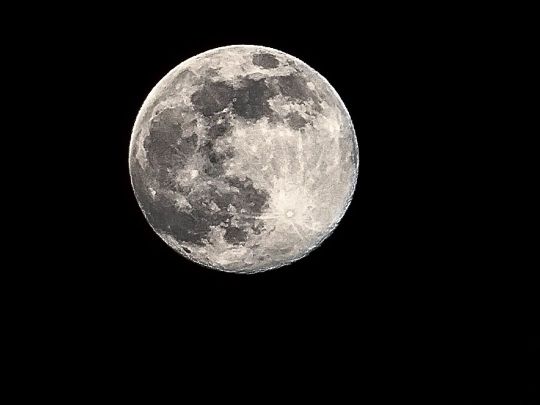
Moonlight 🌔 #moonpics #moon #moonpicture #luna #moonphotography #astrophotografy #moonlight #moonlightlover #moonlover #moonchild #astronomy #astronomia #nightsky #nightlife #nightlights #nightlovers #oppo #opporeno7 #skywatchers #mooncycle #moonphaseswatch (en San Miguel Jagueyes, Mexico, Mexico) https://www.instagram.com/p/CoRU1raMU6N/?igshid=NGJjMDIxMWI=
#moonpics#moon#moonpicture#luna#moonphotography#astrophotografy#moonlight#moonlightlover#moonlover#moonchild#astronomy#astronomia#nightsky#nightlife#nightlights#nightlovers#oppo#opporeno7#skywatchers#mooncycle#moonphaseswatch
3 notes
·
View notes
Text
Pilares de Luz.
Ontário, Canadá 🍁
Janeiro 2023
Os céus nunca mais serão os mesmos.
#espiritualidade#despertar#spirituality#vegan#awakening#esoterico#meditação#luz#light#ceu#skywatchers
2 notes
·
View notes
Text
#skywatchers#rhythm of ashes#music#love#indie#underground#art#pop#rocknroll#spotify#song#60s music#space#carnival
0 notes
Text
#MoonLovers#LunarExploration#MoonlightMagic#MoonPhases#AstroPhotography#CelestialBeauty#SpaceGeek#FullMoon#MoonGazing#ApolloProgram#MoonWalkers#NightSky#SkyWatchers#Moonrise#MoonFacts
0 notes
Text



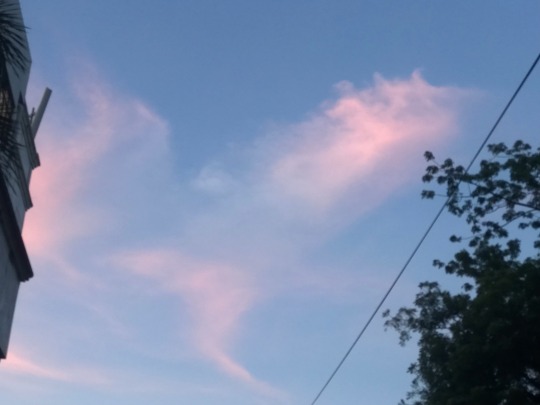

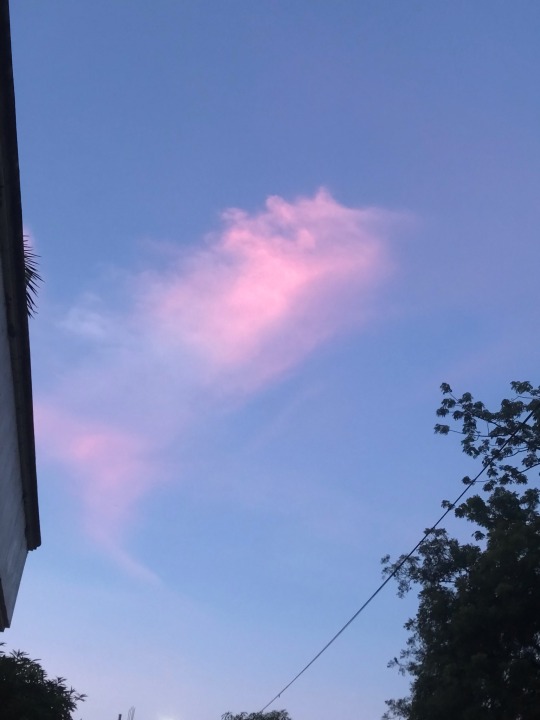

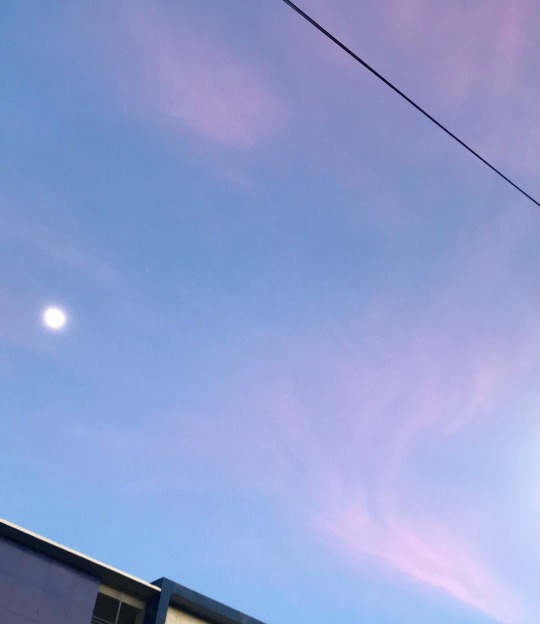
10/25/2023
5:39 PM PHT
#skyphotography#amateurastro#cloudscape#sunsetmagic#skywatchers#naturecaptures#celestialbeauty#starrynights#horizonhues#sunrisesunset#skygazing#cloudart#skymarvels#dusktilldawn#skychasers#amateurphotography#skysculptures#heavenlyviews#cosmiccanvas#daytonightsky#sunsetserenity#nightskyadventures#sunsetdreaming#skyscape#outdoorphotography#chasingsunsets#skylineviews#skycolors#photography#art
0 notes
Link
Two giant icy planets have collided, providing astronomers with the first such collision. Astronomers captured the aftermath of the disaster - two planets destroyed each other, forming a donut-shaped cloud, red-hot. This was the first observation of the consequences of a planetary collision. The observations could shed light not only on destructive interplanetary collisions but perhaps even how they could lead to the formation of new planets. Astronomers first noticed this event in 2021 when they noticed the visible light of the star ASASSN-21qj being repeatedly obscured. It turned out that this is not the first time the star’s brightness has changed; an analysis of previous observations showed that three years before the decrease in brightness, ASASSN-21qj doubled its luminosity in the infrared spectrum. [caption id="attachment_69281" align="aligncenter" width="780"] Astronomers[/caption] This raised the question: How can a star appear brighter in one spectrum and dimmer in another? “We looked at a range of possible ideas. The one that seemed to fit all the data we had was a collision of two giant icy planets,” said study co-author Matthew Kenworthy, an astronomer at Leiden University in the Netherlands. Astronomers have seen for the first time the aftermath of the collision of two giant icy planets According to theory, these ice giants would each be the size of Neptune, which is 17 times the mass of Earth. When they collided, they practically paralyzed each other, forming a donut-shaped cloud of hot debris. The heat of this cloud, estimated at 1,300 degrees Fahrenheit, explains the increase in brightness in the infrared. Then, as the newly formed donut continued to orbit ASASSN-21qj, it passed between the star and Earth, obscuring the light for astronomers. This is an interesting explanation, but not complete. Astronomers still don't know what triggered the planetary collision. Although a planetary collision seems like the most likely possibility based on available data, it is a fairly rare occurrence. With an estimated age of about 300 million years, the star system must have been too mature for such collisions to still occur. More observations should help confirm the collision did occur, but what's even more tantalizing is that astronomers believe that new planets and moons could eventually be born from this cloud. “My prediction is that in five to ten years we will start to see additional light emission from the system reflected from the dust cloud. If that doesn’t happen, then something else happened,” Kenworthy said.
#astronomers#astronomers_community#astronomers_contributions#astronomical_discoveries#astronomical_exploration.#astronomical_research#astronomy_professionals#Astrophysicists#Celestial_Researchers#cosmic_study#observational_scientists#scientists#skywatchers#space_observation#Space_Scientists#stargazers
0 notes
Text
Hybrid Solar Eclipse 2023: What is this Celestial Event All About? Know Regions Where It Will Be Visible

On Thursday, a rare event of the century will take place. We are talking about the first solar eclipse incident for 2023. And it is an astronomical surprise for being a hybrid solar eclipse this time. The latter has several attributes to make it different from annular and total solar eclipses. Skywatchers can experience the view in certain regions of Southeast Asia and in Australia, and a few areas in the Indian and Pacific Oceans. However, in India, the hybrid solar eclipse will not be visible.
So, when does a hybrid solar eclipse occur? It is when the moon passes between the Earth and the Sun in a way that a solar eclipse happens by blocking the sunlight. The earth’s surface is then covered with a shadow, which is again visible to only particular parts of the world. A hybrid solar eclipse according to NASA happens because of the earth’s surface curvature and transition from an annular to a total eclipse.
In a total eclipse, the sun is completely covered by the moon. In an annular eclipse, the moon obscures the sun but leaves a solar ring in the outline, which makes the sun seem smaller. And in a hybrid eclipse, both events occur simultaneously. The sun bears a ring of fire look because of its ring shape. And when around the moon, it takes place only for a few seconds.
In the Pacific and Indian Oceans, the ring of fire will show up for a few seconds. And in these locations, one can see the transition of the eclipse from annual to total, and then reverting to an annular eclipse. In Western Australia, the timing for the hybrid solar eclipse will be from 2:29 to 2:35 GMT, April 20, or rather 10:29 pm to 10:35 pm EDT. In Indonesia, the timings are 3:23 to 3:58 GMT, on April 20, or 11:23 pm to 11:58 pm EDT on April 19.
In East Timor from 3:19 to 3:22 GMT, April 20, or 11:19 pm to 11:22 pm EDT on April 19. A hybrid solar eclipse is so rare that it takes place only at times in a century. In this century, the last one occurred in 2013 and now it is back in 2023. The next one will happen in 2031. And in the next century, it will occur on 23 March, 2164.
Visit here for more news: - https://jsbmarketresearch.com/news
Follow us on social handles: -
Facebook: - https://www.facebook.com/JSBMarketResearchGroup
Instagram: - https://www.instagram.com/reel/CrP_fLoIE7l/?utm_source=ig_web_copy_link
LinkedIn: - https://www.linkedin.com/posts/jsbmarketresearch_solareclipse2023-hybridsolareclipse-ringoffire-activity-7054720306321440768-n4j5?utm_source=share&utm_medium=member_desktop
Twitter: - https://twitter.com/JSBMarket/status/1648954931850915840?s=20
Pinterest: - https://pin.it/77jJjYt
#Solareclipse2023#JSBMarketResearch#Hybridsolareclipse#Annulareclipse#Totaleclipse#Ringoffire#Moon#Sun#Astronomy#Skywatchers#Celestialevent#Astronomynews#Spacenews#Internationalnews#Solareclipse#Partialsolareclipse
1 note
·
View note
Photo

#astrophotography #astroworld #astrophoto #astrofotografia #astrophotographer #skywatcher #skywatchers #skylovers #skyphotography #skycolors #skystagram #bodesgalaxy #bodesgalaxie #m81 #m82 (hier: Roitzsch) https://www.instagram.com/p/CpdI9wUsibg/?igshid=NGJjMDIxMWI=
#astrophotography#astroworld#astrophoto#astrofotografia#astrophotographer#skywatcher#skywatchers#skylovers#skyphotography#skycolors#skystagram#bodesgalaxy#bodesgalaxie#m81#m82
0 notes
Photo

Selfless moon, lighting our way 🌒 28/11/22 Phase: Crescent Moon - 30’4% Location: 36º 50’ North 2º 27’ West #moonlover #moonlove #moonlight #raw_skies #cresentmoon #november2022 #astrophotography #astronomy #skywatchers #nightlights #canonphotography #universe #nightphotography #nasa #space #perfection #beauty #art #luna #love #darksky #space #moonphotography #astroworld (en Almería, Spain) https://www.instagram.com/p/ClhH26DM-eM/?igshid=NGJjMDIxMWI=
#moonlover#moonlove#moonlight#raw_skies#cresentmoon#november2022#astrophotography#astronomy#skywatchers#nightlights#canonphotography#universe#nightphotography#nasa#space#perfection#beauty#art#luna#love#darksky#moonphotography#astroworld
0 notes
Link
NOTAS SOBRE LA BELLEZA DELA NUBE DE MAGALLANES Y SU COMPAÑERA... ANALISIS Y FOTOS...TE GUSTA?
#astronomy#astro observations#astro photography#astronomers#esa#outer space#mistery#universe#james webb space telescope#james webb images#chandra#skywatchers#deepspace#cosmos#nasa photos#sky observers
2 notes
·
View notes
Photo

Moon #moonpics #moon #moonpicture #luna #moonphotography #astrophotografy#moonlight #moonlightlover #moonlover #moonchild #astronomy #astronomia #nightsky #nightlife #nightlights #nightlovers #canon #skywatchers #mooncycle #moonphaseswatch (en San Miguel Jagueyes, Mexico, Mexico) https://www.instagram.com/p/CoOtTXqMbT6/?igshid=NGJjMDIxMWI=
#moonpics#moon#moonpicture#luna#moonphotography#astrophotografy#moonlight#moonlightlover#moonlover#moonchild#astronomy#astronomia#nightsky#nightlife#nightlights#nightlovers#canon#skywatchers#mooncycle#moonphaseswatch
2 notes
·
View notes
Text
0 notes
Text
#MoonLovers#LunarExploration#MoonlightMagic#MoonPhases#AstroPhotography#CelestialBeauty#SpaceGeek#FullMoon#MoonGazing#ApolloProgram#MoonWalkers#NightSky#SkyWatchers#Moonrise#MoonFacts
0 notes
Text

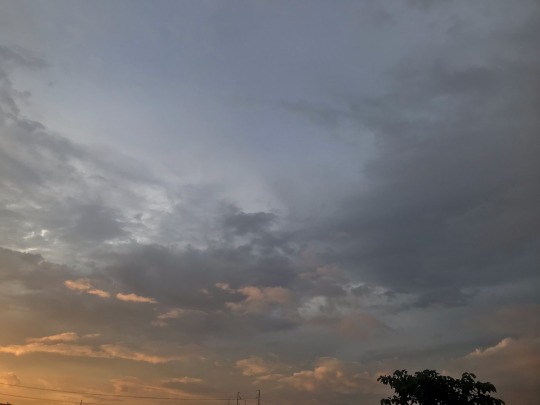
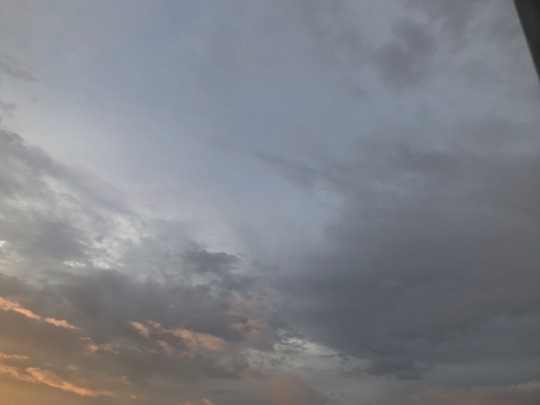
10/22/2023
5:18 PM PHT
#skyphotography#amateurastro#cloudscape#sunsetmagic#skywatchers#naturecaptures#celestialbeauty#starrynights#horizonhues#sunrisesunset#skygazing#cloudart#skymarvels#dusktilldawn#skychasers#amateurphotography#skysculptures#heavenlyviews#cosmiccanvas#daytonightsky#sunsetserenity#nightskyadventures#sunsetdreaming#skyscape#outdoorphotography#chasingsunsets#skylineviews#skycolors#photography#art
0 notes
Photo
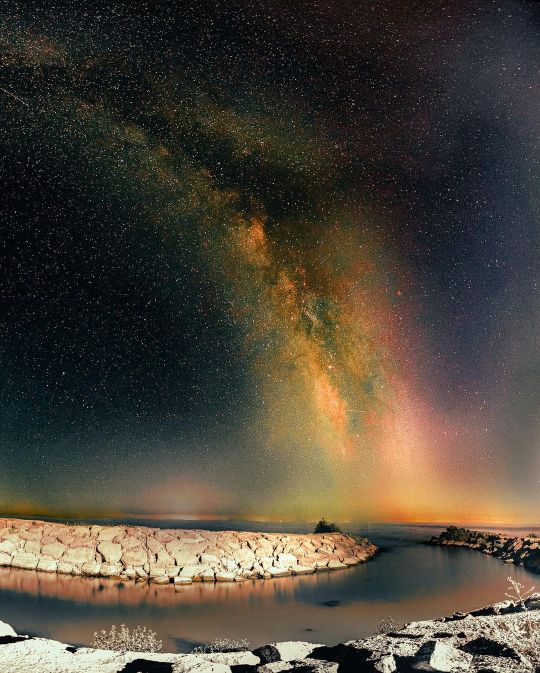
I can overprocess too. So, bright night with (beautiful) moonlight, super humid, forgotten my lens warmer, impatient and on the phone, on two cameras, and I decided to finally do a (high) MilkyWay panorama, on my 6D, and #Manfrotto Element. You see it can hardly be more challenging than this (except full moon or clouds) but I tried. 28 photos later, and none of them for the foreground, I stiched them together, fought the horizon absolutely ridiculous warp in Photoshop for 2 hours, and still had to overprocess it to make it presentable. Next time I’ll do better, but this makes me appreciate more all the beautiful artwork of a panoramic MW posted by my friends so casually. #canon 6D + EF 16-35 f/2.8 II #canoncanada #milkyway #milkywaychasers #milkywayphotography #astro #astrology #astrophotography #astrophoto #astronomy #nightphotography #darksky #panorama #milkywaypics #milkywayshooters #thetorontolove #tdot_shots #killerclicksofda6ix #skywatchers #skywatcher #skywatching (at Colborne, Ontario) https://www.instagram.com/p/CiMAjalsOvc/?igshid=NGJjMDIxMWI=
#manfrotto#canon#canoncanada#milkyway#milkywaychasers#milkywayphotography#astro#astrology#astrophotography#astrophoto#astronomy#nightphotography#darksky#panorama#milkywaypics#milkywayshooters#thetorontolove#tdot_shots#killerclicksofda6ix#skywatchers#skywatcher#skywatching
0 notes
Photo
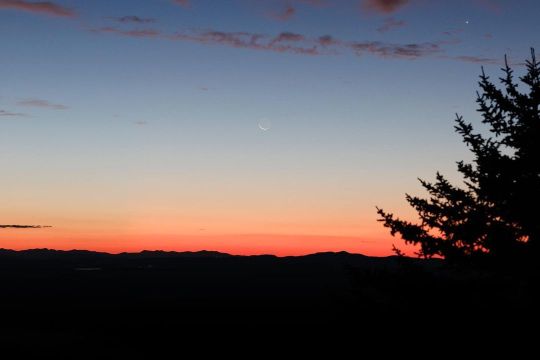
Waning Crescent Over Vermont - I hiked up Mt. Ascutney for the sunrise a few days ago. And while I waited in the dim light, I watched the waning crescent moon rise. This is the lowest illumination phase of the moon (1%) before the new moon. These are the types of photographs that don’t really translate to small digital screens, they love to be printed big. But if you swipe you can see a crop of the moon. - #moonphases #mtascutney #sunrisemoonrise #vermontstateparks #vermontshots #vermontphotography #ascutneytrails #sunriselover #moonrisewhims #waningcrescent #silhouetted #morningquiettime #mountaintopview #stateparks @ascutneyoutdoors @vtstateparks @vermonttourism #skywatchers #hereforthestills #crispair #firstlight #morningsong #morningmeditation #newenglandlife @vermontpublic #largeprint #wallwrap #wallwraps #largeart #wallmural #wallmurals https://www.instagram.com/p/Cgowa92OXEq/?igshid=NGJjMDIxMWI=
#moonphases#mtascutney#sunrisemoonrise#vermontstateparks#vermontshots#vermontphotography#ascutneytrails#sunriselover#moonrisewhims#waningcrescent#silhouetted#morningquiettime#mountaintopview#stateparks#skywatchers#hereforthestills#crispair#firstlight#morningsong#morningmeditation#newenglandlife#largeprint#wallwrap#wallwraps#largeart#wallmural#wallmurals
1 note
·
View note